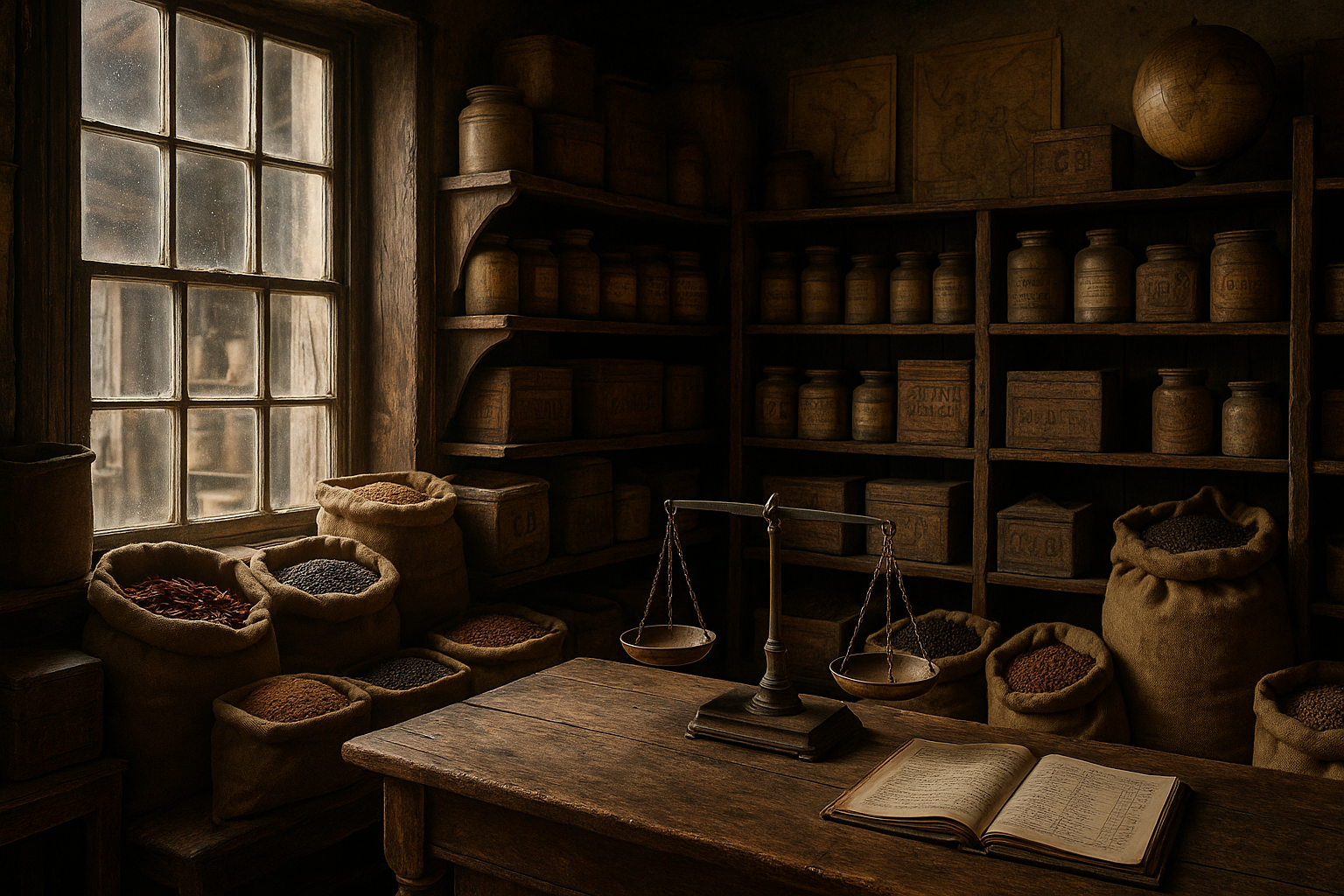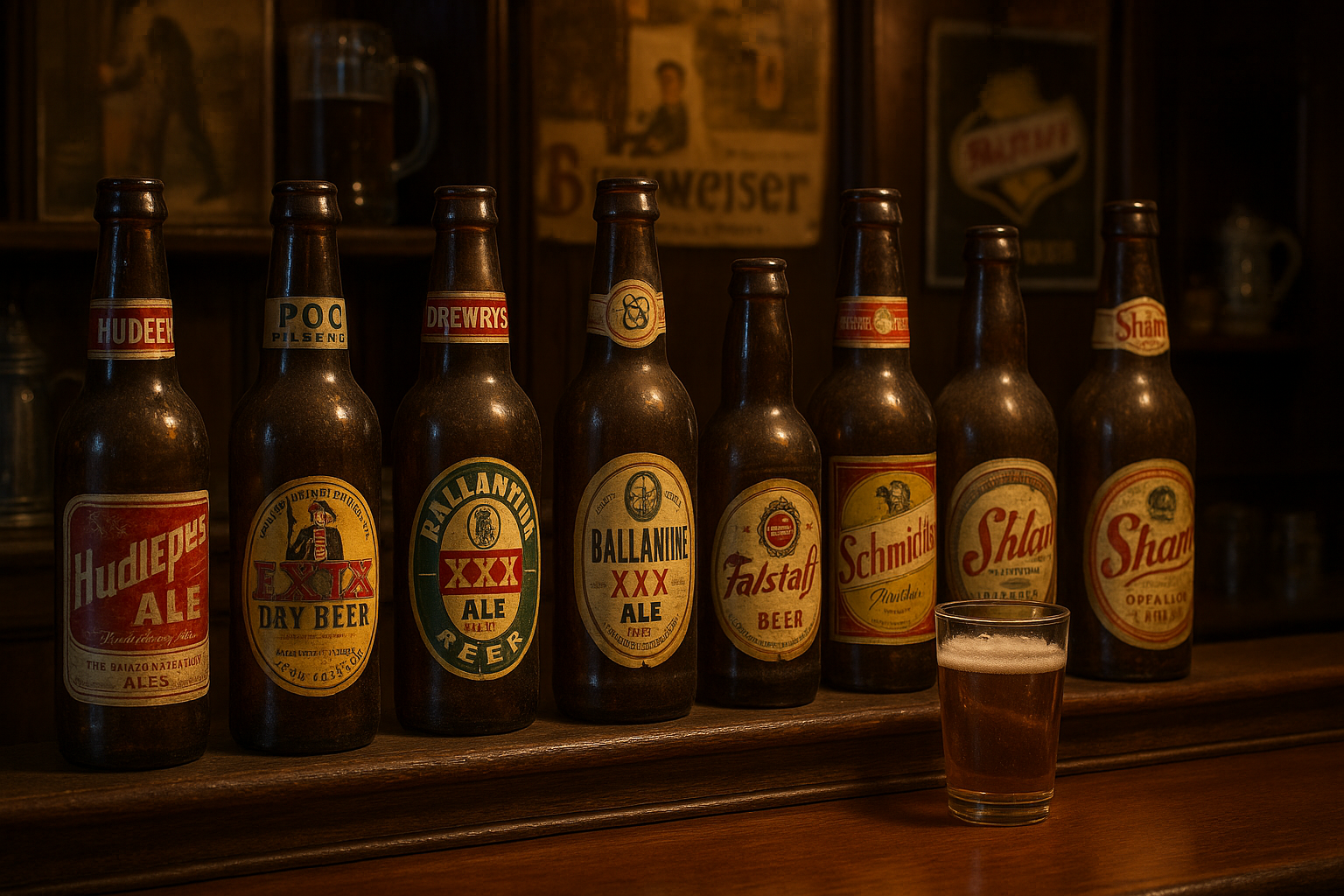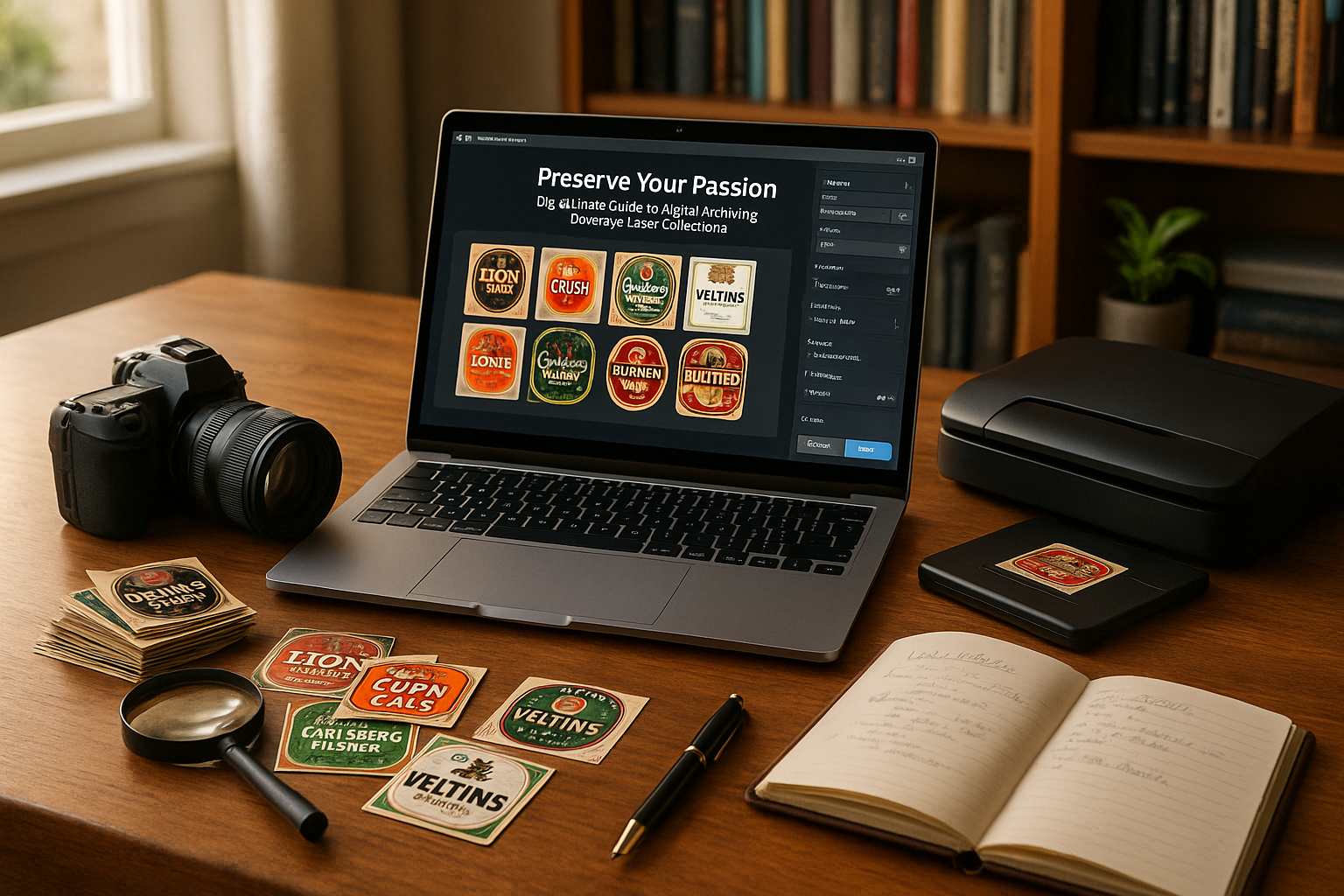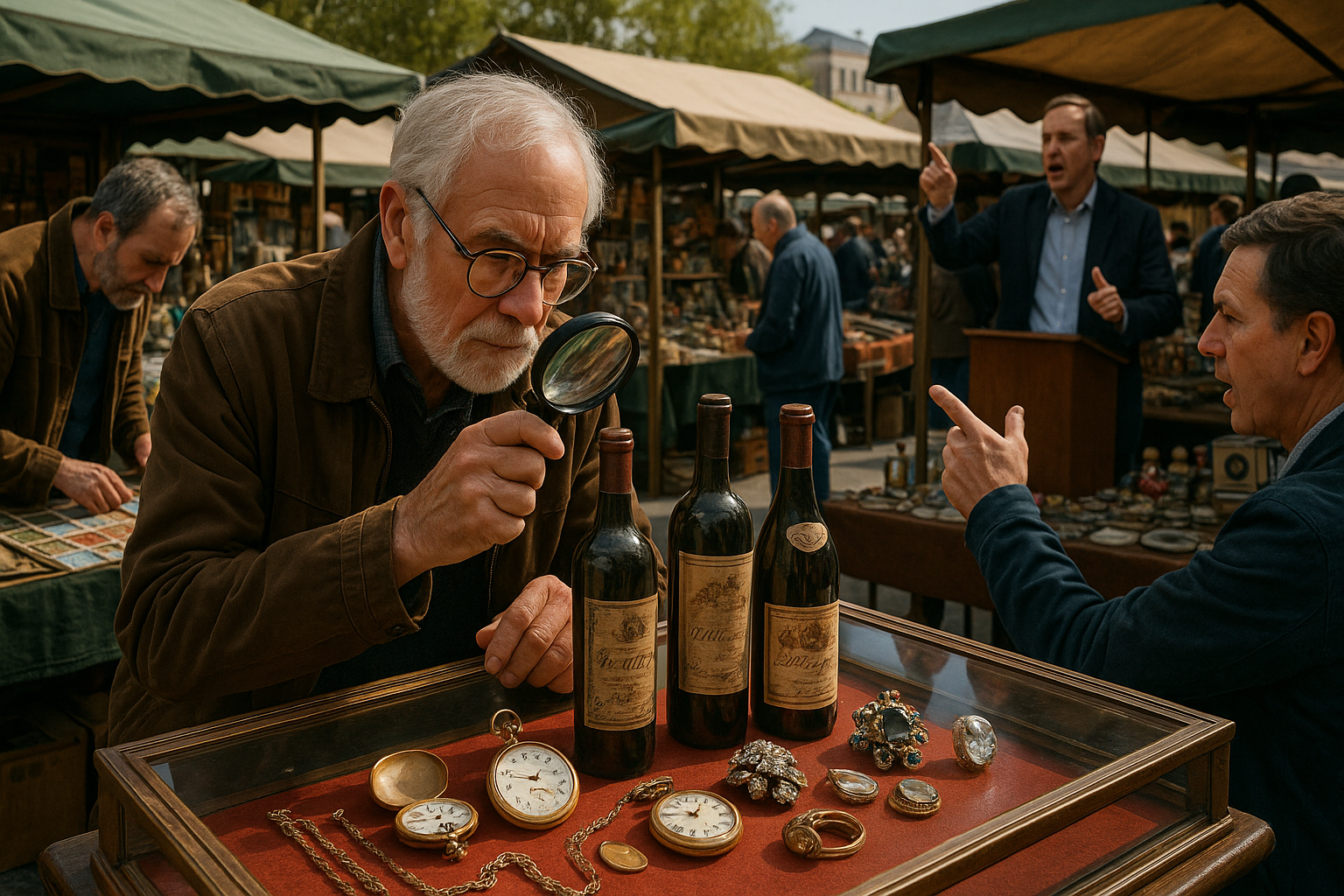In the ever-evolving world of design, where technology and trends seem to change with the blink of an eye, one might assume that anything labeled “retro” would quickly fade into obscurity. Yet, here we are in the midst of a nostalgic revival, where vintage typography is making a triumphant return to the forefront of modern design. This resurgence is not merely a fleeting fancy or a nod to the past, but a full-fledged movement that is reshaping how designers approach their craft today. 🖋️
At the heart of this revival lies an appreciation for the artistry and craftsmanship that defined the typography of bygone eras. These fonts, with their intricate details and distinctive personalities, offer a sense of warmth and familiarity that can be hard to find in the sleek, minimalist styles that have dominated recent years. By incorporating vintage typography, designers are able to evoke emotions and memories, tapping into a collective consciousness that celebrates both heritage and individuality. This blend of old and new creates a unique juxtaposition, where tradition meets innovation, giving rise to designs that are both timeless and contemporary.
The allure of vintage typography extends beyond mere aesthetics. As consumers become increasingly disenchanted with the impersonal nature of mass production, there’s a growing demand for authenticity and character. Retro fonts, with their imperfect lines and hand-crafted appeal, provide an antidote to the sterile uniformity of digital design. They tell stories of a time when the creation of type was a labor of love, requiring skill and dedication. This storytelling aspect is particularly appealing in today’s market, where brands strive to connect with their audiences on a more personal level.
Throughout this article, we will explore the factors contributing to the renaissance of vintage typography in modern design. We will delve into the cultural and technological influences driving this trend, examining how digital tools have made it easier than ever to recreate and adapt historical typefaces for contemporary use. Additionally, we’ll take a closer look at the impact of social media and branding, where the retro aesthetic has become a powerful tool for engagement and differentiation. 📚
The Timeless Appeal of Vintage Typography
In the digital age, where minimalism and sleek designs often dominate, there’s a compelling return to the charm of vintage typography. This resurgence isn’t just a passing trend; it’s a nod to the artistry and craftsmanship of a bygone era. Vintage typography, with its ornate letters and historical significance, brings a unique flavor to modern design, providing a visual and emotional connection to the past.
One of the key reasons for the comeback of vintage typography is its ability to evoke nostalgia. The fonts and styles reminiscent of the early 20th century, the roaring ’20s, and even the mid-century modern era, carry with them stories and sentiments that resonate with a wide audience. In a world that is increasingly fast-paced and digital, the tactile and soulful nature of vintage designs provides a counterbalance, offering a sense of warmth and authenticity.
Moreover, the aesthetic diversity within vintage typography allows designers to experiment with a multitude of styles. From the bold and dramatic to the elegant and understated, vintage fonts can transform a design project, making it stand out in a crowded digital landscape. This versatility is particularly appealing in branding, where companies seek to create a unique identity that resonates emotionally with their target audience. Watch the video below for a deeper dive into the allure of vintage typography: The Revival of Retro Design | Design Addicts.
The Role of Technology in Reviving Vintage Typography
Technology plays a pivotal role in the resurgence of vintage typography. Advanced design software now allows designers to recreate the intricate details of vintage fonts with precision, which was once a painstakingly manual process. Software like Adobe Illustrator and Photoshop have been instrumental in this revival, enabling the replication of aged textures, faded inks, and distressed edges that give vintage typography its characteristic look.
Additionally, digital platforms provide an accessible means for designers to share and distribute their vintage creations. Websites dedicated to font sharing, such as Google Fonts and DaFont, have extensive collections of vintage-inspired fonts, making it easier than ever for designers to incorporate these styles into their work. The democratization of design tools has empowered a new generation of creatives to explore and experiment with vintage typography.
Furthermore, social media platforms have become a vibrant space for showcasing vintage designs. Instagram, in particular, is flooded with accounts dedicated to retro aesthetics, offering inspiration and tutorials for incorporating vintage typography into various design projects. The power of hashtags and community engagement has made it possible for designers to reach a global audience, contributing to the widespread popularity of vintage typography. Take a look at the table below comparing the influence of technology on vintage and modern typography:
| Aspect | Vintage Typography | Modern Typography |
|---|---|---|
| Creation Process | Hand-drawn, labor-intensive | Digital, streamlined |
| Distribution | Limited, print-based | Global, online platforms |
| Customization | Unique, often bespoke | Highly customizable |
Incorporating Vintage Typography in Modern Design
Integrating vintage typography into contemporary design projects can be a strategic move, enhancing the visual appeal and emotional depth of the work. When done thoughtfully, vintage elements can harmonize with modern aesthetics, creating a cohesive and compelling design narrative. Designers are increasingly adopting hybrid approaches, where vintage typography is juxtaposed with modern layouts and color schemes, striking a balance between old and new.
One popular method of incorporating vintage typography is through branding and packaging. Companies aiming to convey a sense of heritage and quality often turn to vintage styles to communicate their brand story. This is particularly prevalent in the food and beverage industry, where retro-inspired packaging can evoke memories of a simpler time, enhancing the perceived value of the product.
Editorial design is another field where vintage typography is making significant inroads. Magazines and digital publications use vintage fonts to add character and distinctiveness to their layouts, often as a nod to the publication’s history or to appeal to a niche audience. Designers use a mix of typefaces, combining bold headlines with elegant serif body text to create a visually engaging and texturally rich reading experience.
- Use vintage typography in logo design to convey tradition and authenticity.
- Combine vintage fonts with modern graphics for a unique visual identity.
- Experiment with color palettes that complement the vintage aesthetic.
Challenges and Considerations in Using Vintage Typography
While the appeal of vintage typography is undeniable, designers face several challenges when incorporating these elements into modern designs. One of the primary challenges is ensuring legibility and clarity, especially when using intricate or heavily stylized fonts. It is crucial to strike a balance between aesthetics and functionality, ensuring that the design remains accessible and effective.
Another consideration is the potential for overuse or misuse of vintage elements. When used excessively or inappropriately, vintage typography can overwhelm a design, making it feel outdated rather than timeless. Designers must be mindful of the context and purpose of the design, ensuring that vintage elements enhance rather than detract from the overall message.
Additionally, there is the challenge of cultural sensitivity and historical accuracy. Vintage typography often carries historical connotations, and designers must be aware of the cultural and historical contexts of the fonts they choose. This is particularly important in a globalized world where designs are consumed by diverse audiences, each with unique cultural perspectives and associations. The following table outlines some key considerations for using vintage typography effectively:
| Consideration | Challenge | Solution |
|---|---|---|
| Legibility | Intricate designs can hinder readability | Choose fonts with clear characters and ample spacing |
| Context | Potential to appear outdated | Use vintage elements sparingly and purposefully |
| Cultural Sensitivity | Historical fonts may carry specific connotations | Research and understand the cultural context |
In summary, the revival of vintage typography in modern design is more than a trend; it’s a celebration of history, artistry, and emotional connection. As designers continue to explore and experiment with these timeless styles, the challenge remains to innovate while respecting the rich heritage of typography. Stay tuned for more insights and inspiration in the world of design. 🌟
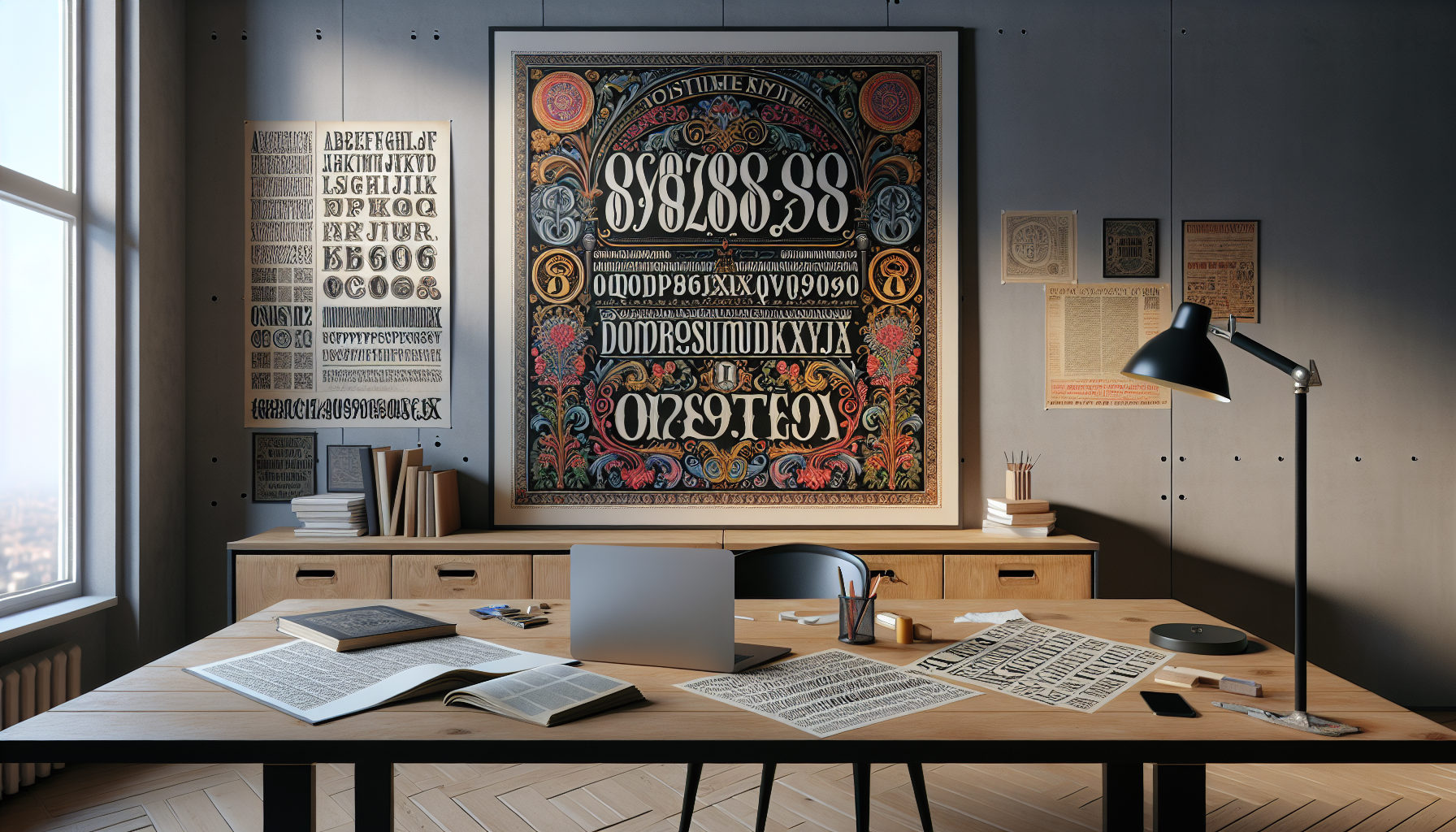
Conclusion
Reviving Retro: The Resurgence of Vintage Typography Trends in Modern Design
As we bring this exploration of vintage typography trends in modern design to a close, it’s important to reflect on the journey we’ve taken through the fascinating evolution of type and its modern-day revival. This resurgence is not just a fleeting trend but a testament to the timeless appeal and the rich storytelling potential that vintage typography holds. We’ve delved into the historical roots of typography, exploring how styles from the past have resurfaced with a fresh twist, bringing nostalgia and depth to contemporary design landscapes.
One of the key points we discussed was how vintage typography provides designers with a toolkit that evokes emotion and tells a story with just a few well-chosen letters. The charm of retro fonts lies in their ability to transcend time, bridging the gap between past and present. They serve as a reminder of the craft and creativity of earlier times while being revitalized to fit modern sensibilities. In our analysis, we highlighted specific styles, such as Art Deco and Mid-century Modern, that have been successfully incorporated into today’s digital platforms, proving that good design is indeed timeless.
Moreover, we touched upon the psychological impact of vintage typography on audiences. The use of these styles can evoke feelings of nostalgia and trust, often resonating with viewers on a deeper emotional level. This aspect is crucial for brands and designers aiming to create connections with their audience. By integrating retro elements, designers can craft a narrative that speaks to the past, present, and future simultaneously, thus enriching the viewer’s experience.
Furthermore, the article underscored the influence of technology in the resurgence of these typography trends. With advanced design tools and software, designers have more freedom and flexibility to experiment with and adapt vintage styles to create something entirely new. This blend of old and new not only preserves the legacy of vintage typography but also pushes the boundaries of what is possible in design today.
The relevance of vintage typography in modern design is evident in various sectors, from branding and advertising to web design and digital media. Brands are increasingly recognizing the value of incorporating retro elements to stand out in a crowded marketplace. By doing so, they tap into a rich vein of cultural and historical references that can add authenticity and depth to their visual identity.
As we conclude, it’s essential to emphasize the importance of vintage typography trends as more than just a nostalgic nod to the past. They are a dynamic and evolving part of the design world, offering endless possibilities for creativity and expression. For designers, embracing these trends means having the opportunity to play with history, reinterpret it, and create something that resonates with today’s audiences.
We encourage you, our readers, to reflect on how you might incorporate vintage typography into your projects. Whether you’re a designer, a brand strategist, or simply an enthusiast of the visual arts, there’s a wealth of inspiration to be found in the past. Share your thoughts and experiences with these trends in the comments section below. Your insights could spark a conversation that further enriches our understanding of the power of typography in design.
Feel free to share this article with your network if you found it insightful. By doing so, you help spread appreciation for the intricate art of typography and its impact on modern design. If you’re interested in exploring more about this topic, consider visiting reputable sources such as Adobe’s Typography website or AIGA’s Eye on Design, which offer valuable insights and resources for designers.
In closing, let’s celebrate the enduring legacy of vintage typography and its role in shaping the visual language of today. May it continue to inspire and challenge designers to innovate, to bridge the old with the new, and to create designs that are not only visually appealing but also deeply meaningful. ✨
Thank you for joining us on this typographic journey. We look forward to seeing how you bring these vintage trends to life in your own creative endeavors!
Toni Santos is a visual poet and botanical dreamweaver, archiving the ephemeral beauty of dreams through nature’s delicate language.
In his artistic universe, every petal, vine, and root becomes a memory—an echo from the subconscious—preserved in time like pages from an ethereal journal. Toni treats plants not just as living beings, but as dream-symbols: vessels of forgotten feelings, silent wishes, and secret stories waiting to unfold.
His work is rooted in the belief that nature holds the vocabulary of dreams. Through botanical compositions, symbolic floral creations, and enchanted visual studies, he gives form to the unseen — the moment between sleep and wakefulness, where memory fades and imagination begins.
As the visionary behind Vizovex, Toni curates collections that feel like fragments of a dreamscape: moss-filled glass jars, mythic flowers, ancient botanical symbols reimagined. These creations invite you to explore your inner worlds and reawaken your sense of wonder.
His work is a tribute to:
The dreamlike language of plants and natural symbols.
The quiet messages found in forgotten moments.
The art of recording the soul’s memories in organic form.
Whether you’re a seeker of meaning, a lover of myth, or someone who drifts between the symbolic and the real, Toni welcomes you to explore an archive of dreams — one petal, one relic, one timeless whisper at a time


